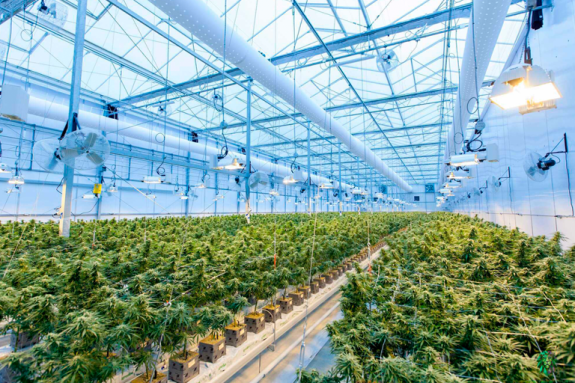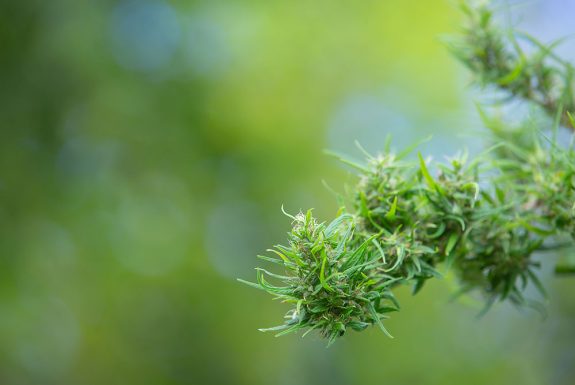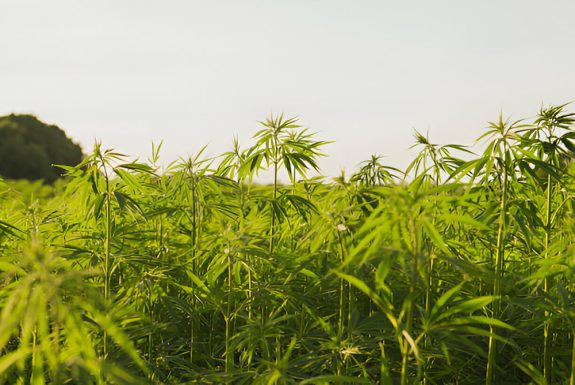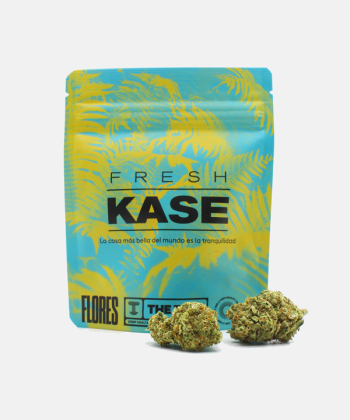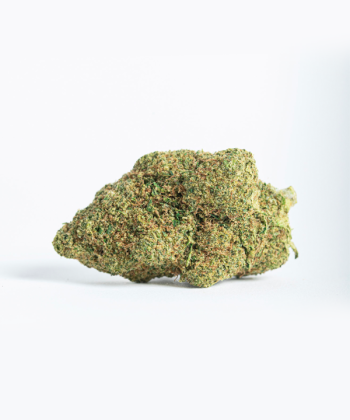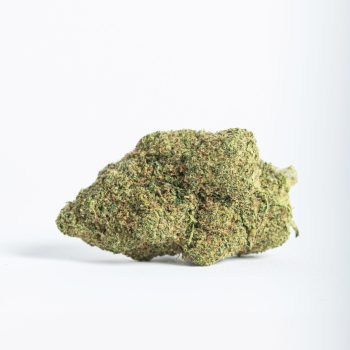The green out effect is also known as “the spins”. This colloquial term refers to the discomfort that some marijuana users face after crossing the line between satisfaction and excess.
In other words, the green out effect is an episode of general malaise due to the excessive consumption of marijuana in a short period of time, something akin to an overdose of a non-lethal substance.
When the line between a pleasurable effect and overwhelming intensity becomes blurred, the resulting feeling can be one of profound physical and emotional discomfort. Marijuana may trigger a number of very unpleasant physical symptoms when consumed in excess, such as paleness, dizziness, or nausea.
In addition, when the green out effect occurs, these physical symptoms can be accompanied by a rush of feelings resembling anxiety and paranoia.
In the following sections, we’ll explore the reasons behind the green out effect in depth, explaining why it occurs and which types of cannabis are most likely to cause it.
Factors that contribute to the green out effect
The green out effect is a complex reaction that can be attributed to a combination of biological, psychological, and environmental factors. While not everyone experiences this phenomenon, understanding the triggers can help you reduce its onset and better deal with the effects.
Below, we’ll discuss some of the main factors that contribute to the green out effect.
-
- Excessive marijuana consumption: The most direct factor that can lead to the green out effect is the excessive consumption of THC-rich cannabis. This molecule is the main active compound in marijuana and interacts with cannabinoid receptors in the brain and central nervous system. Heavy THC consumption can overload these receptors and trigger a series of adverse responses, such as anxiety, sweating, and nausea.
- Individual sensitivities: Everyone has a unique tolerance and sensitivity to THC. Some users may feel the effects at lower doses, while others may need a larger dose to experience them. Those with high sensitivity levels may be at increased risk of experiencing a green out effect, even at relatively low doses.
- Mixing marijuana with alcohol or other substances: Mixing cannabis that has a high THC content with alcohol or other substances can increase the likelihood of a green out effect. Interactions between different compounds can lead to unpredictable effects, as they can alter the way the body processes THC, potentially exacerbating negative effects.
- Psychological and environmental factors: Anxiety, stress, and the environment in which marijuana is consumed can influence how much users experience the green out effect. People who already suffer from anxiety in their daily lives may be more susceptible to the feelings of paranoia and unease that often accompany this phenomenon. In addition, being in an unfamiliar, overwhelming, or insecure environment can exacerbate feelings of discomfort.
- Irresponsible consumption or being unaware of one’s own limits: Not knowing one’s limits in terms of consumption and not being aware of how the body reacts to THC can increase the likelihood of a green out effect. Experimenting with high doses without understanding how the body will respond can result in an unpleasant and overwhelming experience.
Can CBD products cause a green out effect?
In recent years, CBD has increased in recognition and popularity due to its many properties and lack of psychotropic effects compared to THC. However, given what we’ve explained in the preceding paragraphs, doubts usually arise as to whether cannabis products containing mainly CBD can cause the green out effect.
The answer is somewhat more complex than it may seem at first, as the green out effect is related to excessive THC consumption, and some CBD products, particularly full spectrum ones, also contain this cannabinoid.
As we explained previously, THC is the main component of marijuana. It’s a psychotropic substance and has the capacity to alter a person’s physical and mental faculties, which is why its use is usually regulated and limited.
However, CBD products aren’t obtained from marijuana, but from another type of cannabis called hemp, which has traditionally been used for industrial purposes. The main active component of this type of cannabis isn’t THC, but CBD, which is its most abundant compound
Even so, hemp has the capacity to produce THC at a residual level. For this reason, THC is regulated but not completely banned, as cannabis products with a THC concentration of less than 0.2% can be sold legally.
This is also the reason why CBD flowers and full spectrum CBD products are available in shops, while marijuana remains illegal, as its THC percentages often exceed 10%.
We can therefore conclude that an excessive consumption of CBD products with THC could lead to a green out effect. Nevertheless, alongside the low THC content of CBD products, we must mention this cannabinoid’s ability to modify the effects of THC¹.
In other words, CBD has the ability to lessen the effects of THC. Therefore, full spectrum CBD products do not cause the green out effect and, moreover, could be very useful in remedying it or alleviating its symptoms.
References
- McPartland, J. M., Duncan, M., Di Marzo, V., & Pertwee, R. G. (2015). Are cannabidiol and Δ9‐tetrahydrocannabivarin negative modulators of the endocannabinoid system? A systematic review. British journal of pharmacology, 172(3), 737-753.


